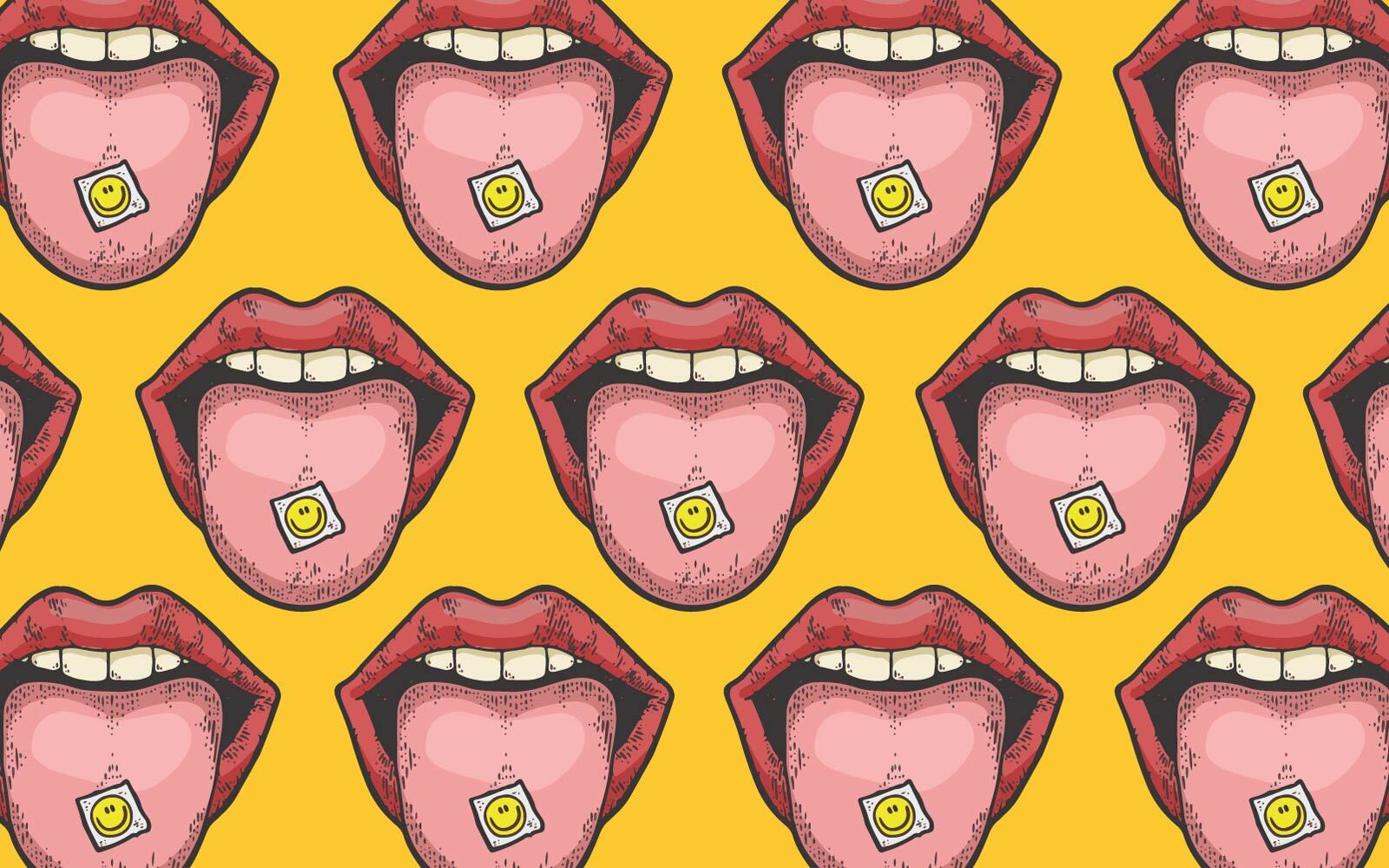Before the term “post-traumatic stress disorder” ever came into existence, Professor Jan Bastiaans was using LSD to treat it in Dutch Holocaust survivors. According to many of them, it was the most profound experience in their life. One of them went as far as to say, that in the treatment room, “he grasped that Auschwitz was the handiwork of human beings, “and it’s Hitler, it wasn’t Satan. He was a person.”
Jan Bastiaans: A War Hero
Jan Bastiaans was a cultural icon as much as he was a revered psychiatrist, whose life’s work passionately revolved around getting this LSD treatment to those who needed it coming out of World World II: survivors of the Holocaust, resistance fighters, and POWs. To them, he was a father figure.
At the time when no-one knew what PTSD was, or much else about psychotraumatic reactions, Bastiaanss fought for the individuals that he observed as being shattered. He demonstrated a correlation between the mental injuries gotten in war and the medical problems that followed suit. Though he was a fan of psychoanalysis, he believed the process was lengthy and poor at addressing their every daily problems.
Bastiaans Discovers LSD
In 1961, Bastaains discovered what he observed as the best solution–LSD. From that moment until his death, he figured out a way to use politics to his advantage in order to ensure that he could get this treatment to those that needed this the most.
In 1966, LSD became illegal under the Opium Law in Holland. Knowing himself to be a hero amongst the Dutch and Jewish Dutch, in particular, he approached Prince Bernhard Lippe-Biesterfeld of Holland. The prince had a sordid past, with ties to the Nazi, which earned him the title of Nazi Prince. Bastiaans said that he would clean his reputation by shaking hands with him in public if he would allow Bastiaans to continue his work. The prince accepted.
Though Bastiaans weathered the legality storms, he still was met with contention from the psychiatric community, which ended up isolating Bastiaans in the end. One could imagine that after participating in these trips, sometimes reliving the experience with them to the point of role-playing when appropriate, and witnessing people get their lives back, that one would withdraw from the psychiatric community.
Bastiaans’ Methodology
Jan Bastiaans’ methodology provides a fascinating framework to perform psychotherapy, which might serve the medical community as they are, currently, developing their methods and approach as these substances are becoming more accepted and credible in the mainstream society.
In the first meeting, Bastiaans would administer the drug and encourage them to tell him exactly what was happening. Bringing the trauma up to the surface, he was then able to get them to engage in it, not disconnect. This, as he was seeing, is what we’re coming to understand now. That trauma is a disconnection from self. In this case, the example of Hilter is particularly fascinating. That the victim realized that he was, also, human. His use of psychodrama is particularly inspiring.
Psychodrama in Psychotherapy
There was always someone supervising the room, normally a woman, who would also enter the experience playing a role; a mother, sister, etc. The approach to treatment was not appropriate for everyone, however, it brought to mind Alejandro Jorodowsky, the legendary experimental filmmaker and developed of “psycho-magic.”
In short, using a mix of esoteric arts–tarot–and psychology, he would deliver a prescription, which was a performative act that the person would perform in real life. Often, people don’t take his approach seriously. But, here is a medical example that demonstrates the use of performance in psychedelic therapy.
“The aim is to live through what happened but also to see it in a larger context, become a ‘witness’ and see that now it was safe.”
Jan Bastiaans is a true war hero. Now, all these years later, knowledge of his work is coming up to the surface. When we say that we don’t have any models to deal with these substances, we are finding out that we do.















